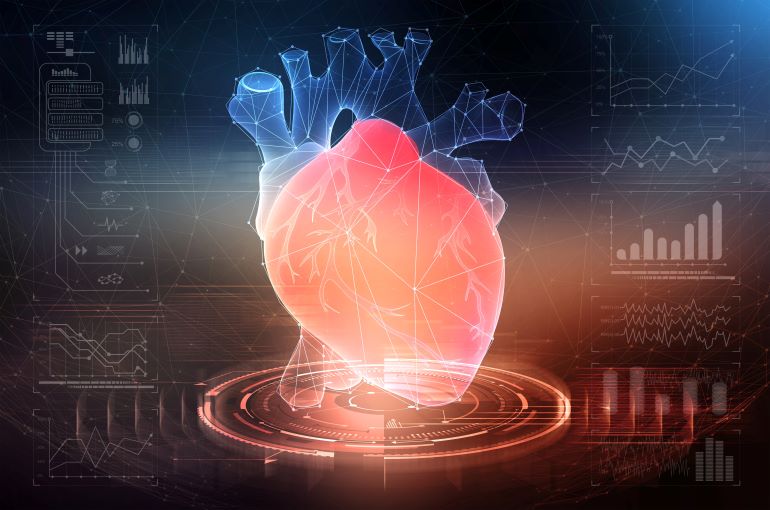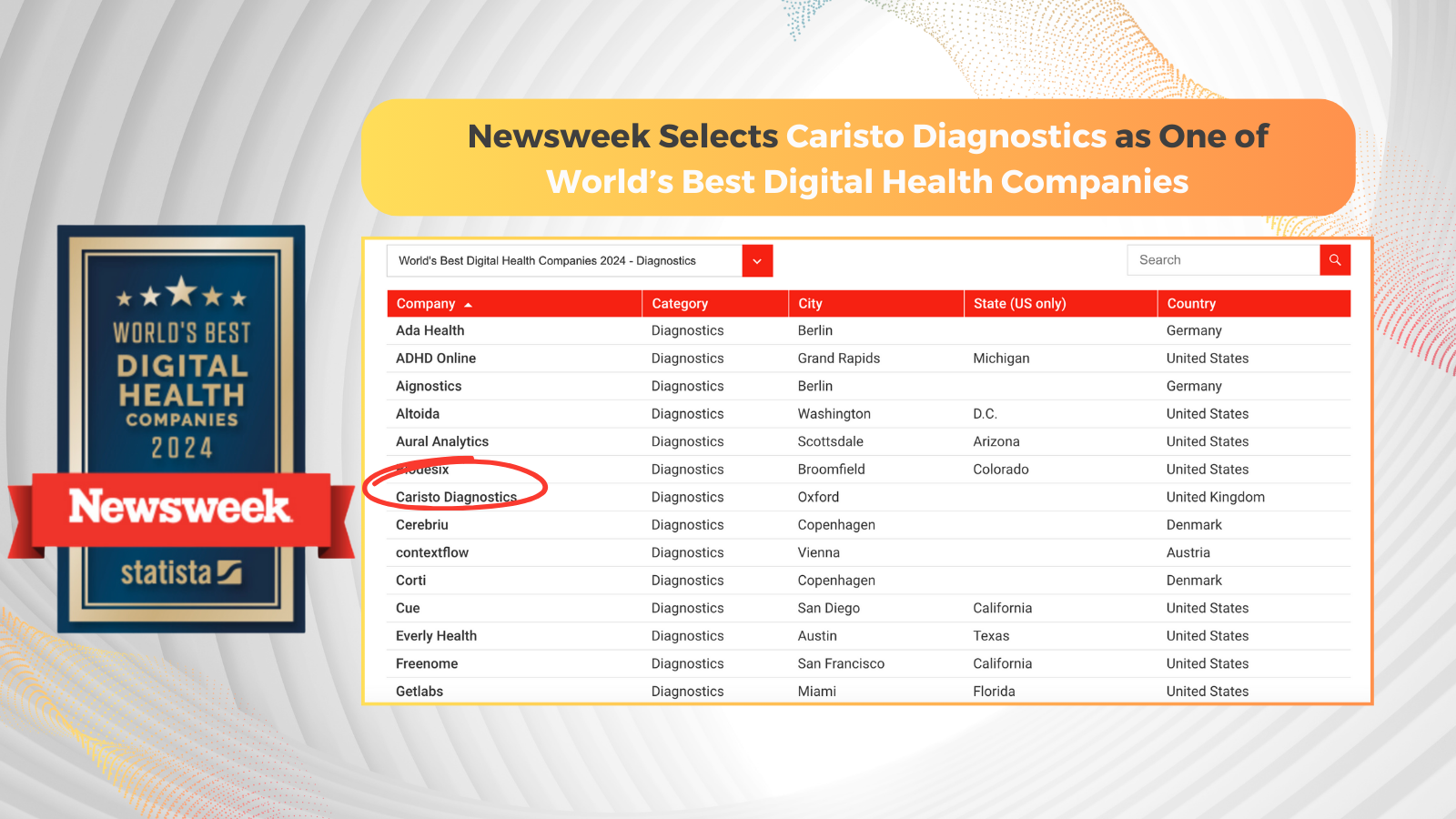How can artificial intelligence be used to improve cardiovascular care?

BHF-funded researchers are paving the way towards future breakthroughs in heart disease research. Here are 5 big questions we’re helping them tackle next.
1. How can artificial intelligence be used to improve cardiovascular care?
The human brain has an amazing ability to identify patterns in the things happening around us. It’s thought that this ability evolved as it helped early humans to better survive – things like being able to recognise footprints or other signs a predator could be nearby, or reading facial expressions to know whether someone is a friend or foe.
Pattern recognition is also a key part of modern medicine. Diagnoses can be made based on whether a person’s signs and symptoms fit with a known ‘pattern’ of a disease, like knowing that chest pain and changes in electrocardiogram (ECG) readings can mean a heart attack.
But now more than ever, there can be a huge amount of information to consider when making these decisions. Family history, blood tests, heart scans… the list goes on and on. Artificial intelligence (AI) – using computers to mimic how the human brain solves problems – holds huge potential to help doctors consider all the data available to help make healthcare decisions more efficiently.
Many BHF-funded researchers are helping to make this a reality, including BHF Professor Charalambos Antoniades at the University of Oxford. His team previously developed a way to apply machine learning (a type of AI) to CT scans of arteries that supply blood to the heart, to identify whether someone is at an increased risk of a heart attack, years before it strikes.
This means they can be given the right preventative treatment. This technology received CE mark accreditation in 2021, meaning it can be used by doctors across the UK and Europe, and is now used in some NHS hospitals.
With further BHF funding, Professor Antoniades and his team are now working to refine this technology to be able to detect other changes in the coronary arteries that could indicate an increased risk of a heart attack, such as small areas of calcium build-up.
They are also working to develop an algorithm (a set of rules for the computer to follow) that takes into account other information about each patient’s health when analysing their CT scans, to give an even more accurate prediction of their future heart attack risk.
You can read the full article via British Heart Foundation


